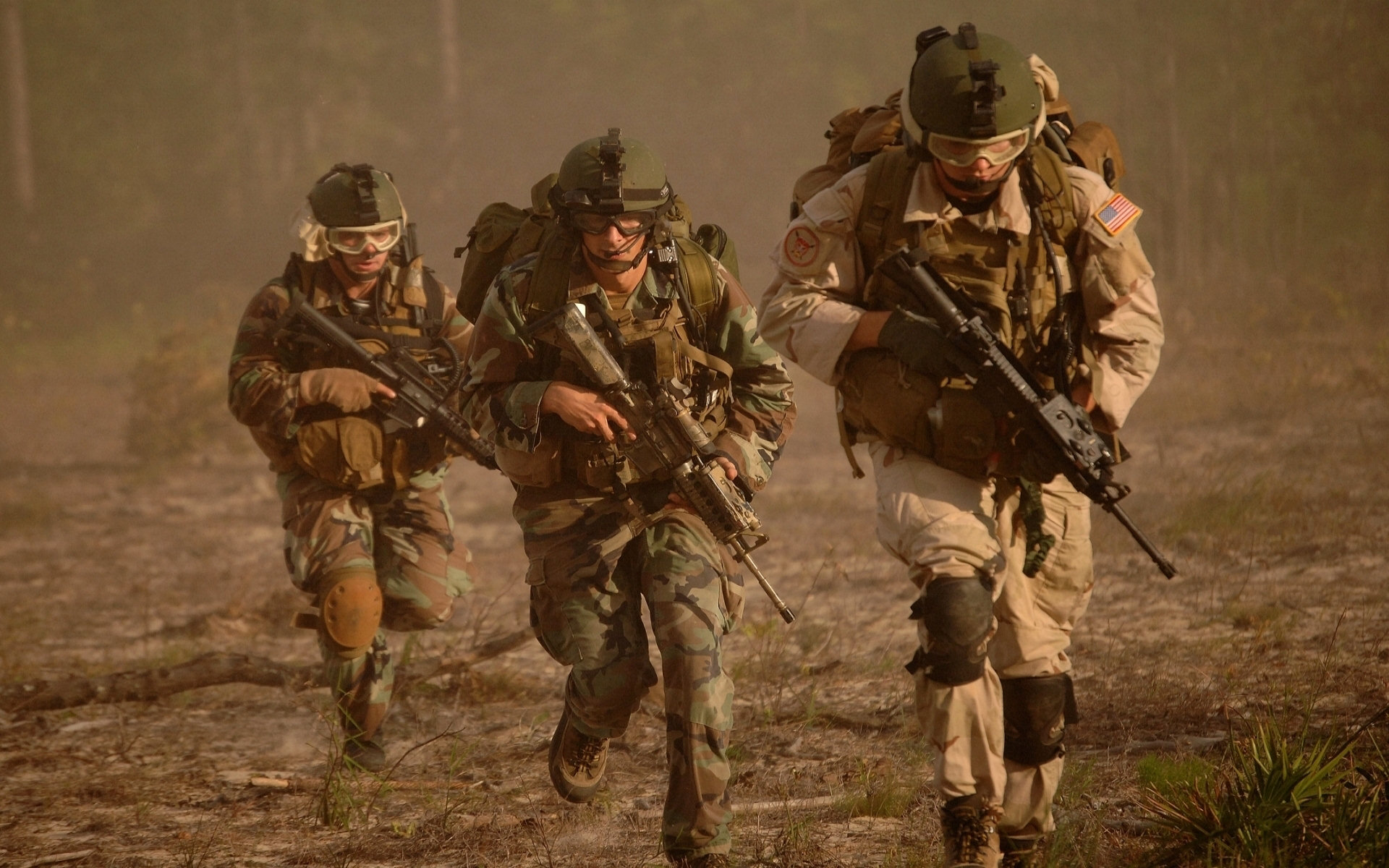

The United States and its allies would deploy soft-kill and hard-kill countermeasures to defeat China’s newer land-based ballistic and hypersonic anti-ship missiles, the latter now or soon able to cover much of the South China Sea. Contrast that with the increasingly militarized Western Pacific, where the scale and sophistication of air and sea platforms, weapons, sensors, and pace of technological punches and counterpunches are much greater. Yet the Moskva, commissioned in 1983, was a vintage Cold War ship, armed to the teeth with carrier-killing missiles and no one to fire them at. Military planners there were likely thrilled to see what Ukraine accomplished with a couple of truck-mounted ASMs.

and allied shipboard defensive systems through sheer numbers. carrier groups in the South Chine Sea or reinforce Taiwan in the event of a war from bases near the Chinese coast. The PLARF includes more than 2,000 conventionally armed ballistic and cruise missiles, with a focus on anti-ship variants that can target U.S. It’s a branch of arms largely foreign to the West but a staple of many autocrats’ parades. For American warships, the most potentially lethal part of these plans is the People’s Liberation Army Rocket Force (PLARF), the largest ground-based missile army in the world. buzzword first applied to describe Beijing’s plans to militarily deter the United States from China’s own maritime sphere. As late as April 13, Russians felt similarly confident about the Black Sea, historically dominated by Russian naval power.Īnti-access/area denial (A2/AD) is a U.S. Navy’s surface battle groups have been able to steam up to the enemy’s coastline pretty much uncontested. That may limit its application to other conflicts-but it is still being seized on as part of the dense arguments over the best strategy for Taiwan.įor decades, the U.S. Ukraine landed a haymaker on the Moskva, but it was more a target of opportunity than part of a clear strategy. Ukraine’s use of a couple of souped-up Kh-35 missiles looks like asymmetric warfare, the sea version of what Ukrainian land forces skillfully used against the Russian army in the early days of the war. It was a shocking victory-and one that may have lessons for a potential conflict 5,000 miles away, where China may one day use its own arsenal of ASMs to keep the United States and its allies out of the Western Pacific. Ukraine used two land-based anti-ship missiles (ASMs) to sink a major surface combatant: the Russian-guided missile cruiser Moskva. On April 14, a country left almost without a navy secured a stunning victory at sea.


 0 kommentar(er)
0 kommentar(er)
